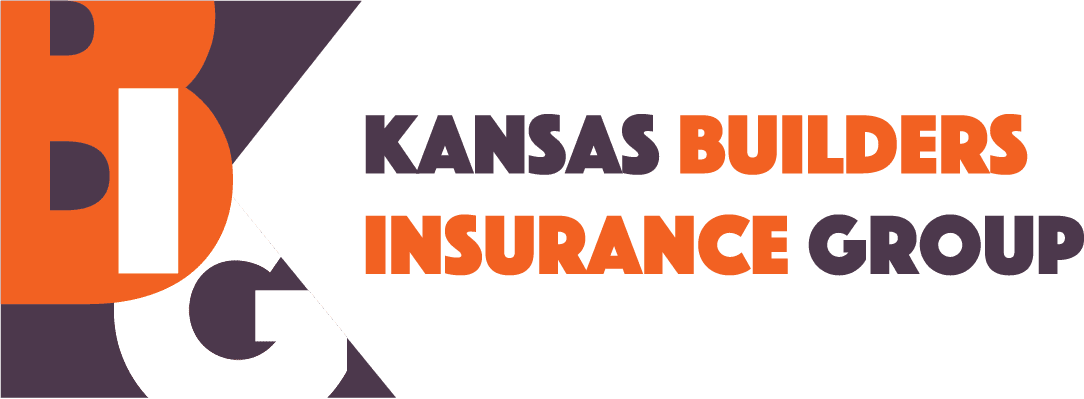For landscaping and lawncare professionals, chainsaws are an essential tool to have on the jobsite. This versatile tool makes it significantly easier to tackle a range of tasks from tree pruning to vegetation management, but with great power comes an even greater responsibility. Just as they are helpful, chainsaws are very hazardous and can cause serious injury. Before powering up your chainsaw, take the steps to protect yourself and review KBIG’s chainsaw safety checklist.
Inspect Your Chainsaw Before Using It
Ensuring your chainsaw’s optimal performance is paramount for safety and efficiency. Before each use, conduct a thorough inspection. When checking your chainsaw, make sure the lubrication reservoir is full, and the chain is sharp enough to prevent binding. Check the controls, chain tension and all bolts and handles to ensure they’re working properly and are adjusted according to the manufacturer’s recommendations. Also verify that the muffler, brakes and shielding devices are in place and functioning properly. If any part of the chainsaw is damaged, do not use it.
Wear the Right PPE
When operating a chainsaw, it is crucial to wear the following personal protective equipment (PPE) and to ensure it’s in good condition:
- Wear safety glasses to shield your eyes from debris and potential hazards.
- Protect your hands with leather or cotton gloves to maintain a secure grip and minimize the risk of injury.
- Ensure proper foot protection with chainsaw-protective work boots featuring steel toes.
- Equip leg protection, such as chainsaw-protective pants, covering from the top of your thigh to the top of your boot for added safety.
- Wear head protection, such as a hard hat, to safeguard against potential head injuries.
- Use hearing protection to reduce the risk of hearing damage from prolonged exposure to the chainsaw’s noise.
Watch Out for Kickbacks
The risk of kickback poses a significant threat when using a chainsaw. This occurs when the saw’s nose strikes an object, causing the chain to pinch or snag, resulting in the blade tip unexpectedly moving upward and backward, potentially causing severe injury.
To mitigate kickback risks, refrain from using the saw’s tip for cutting, maintain a firm grip with both hands and carefully plan cuts in advance. Stay vigilant of the bar’s nose position to prevent contact with surfaces, and position yourself to the side rather than directly behind the saw to minimize exposure to the primary danger zone.
Remember the Do’s and Don’ts of Chainsaw Safety
Use these guidelines to ensure optimal safety when using a chainsaw.
Do
- Confirm all guards are securely in place before use.
- Initiate saw operation on a stable surface such as the ground, avoiding starting it in mid-air or on your knee.
- Start the saw a minimum of 10 feet away from the fueling zone to minimize potential risks.
- Engage the chain brake or power off the saw when transporting it.
- Maintain a secure grip on the handles and ensure stable footing during operation.
- Prior to commencing work, clear the area of any obstacles or hazards.
Don’t
- Cut with the chainsaw above shoulder height.
- Wear loose clothing, jewelry or loose, long hair.
- Operate if you have not had specialized training.
- Use before reading the manual – even if you think you know it all.
- Use in wet conditions.
- Work alone in case of serious injury.
Follow Refueling Safety Rules
Refueling a chainsaw presents its own set of hazards. Before your next refuel, make sure to follow these safety practices:
- Utilize only approved containers made of metal or plastic, ensuring a maximum capacity of five gallons.
- Maintain a safe distance of at least 10 feet from any potential sources of ignition during refueling.
- Refrain from smoking while handling fuel to prevent potential hazards.
- Prior to refueling, always switch off the saw and allow it to cool entirely.
Remember, chainsaws pose inherent risks, but adhering to these safety practices can help prevent injuries. At KBIG, safety is paramount – in fact, ensuring the safety of our members is our top priority. Contact us today to see how we can support your success and worksite safety!
Chainsaw Safety Resources:
- Chainsaw Safety
- Landscaping Safety
- Landscape Safety Quiz
- Landscape Quiz Spanish
- Landscape 7 Minute Quiz
- Landscape 7 Minute Spanish
- Chainsaw Handout
- Chainsaw Handout Spanish
Need more information? View more of our valuable resources.

